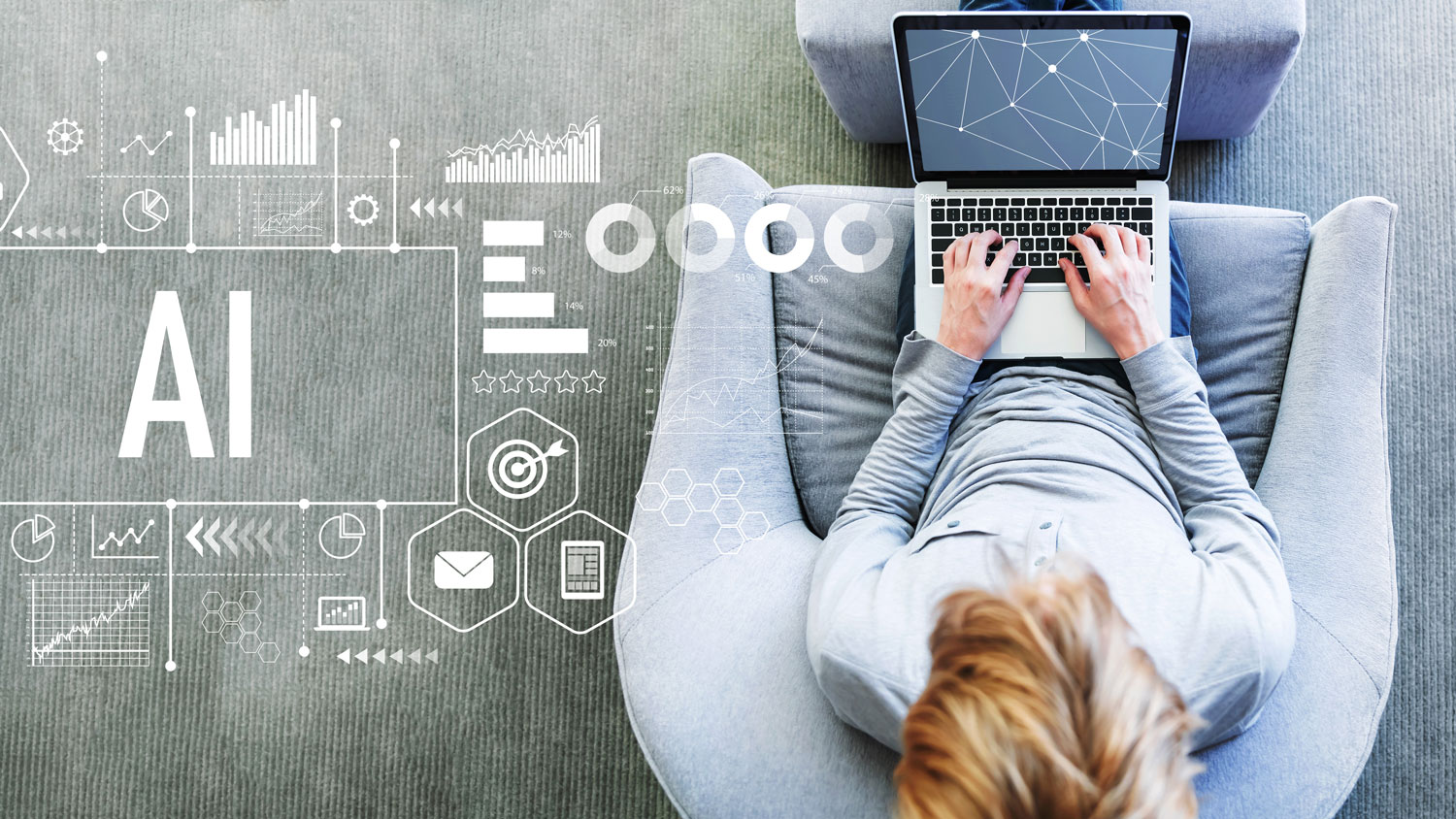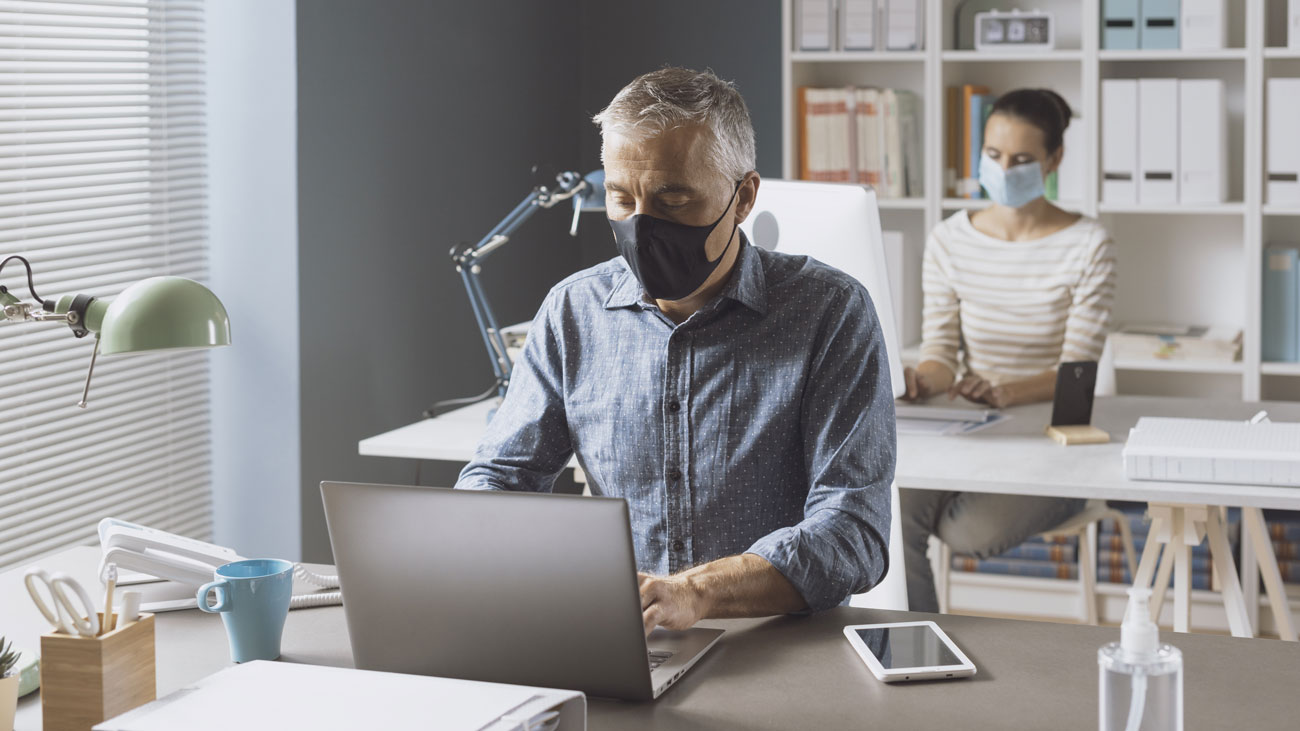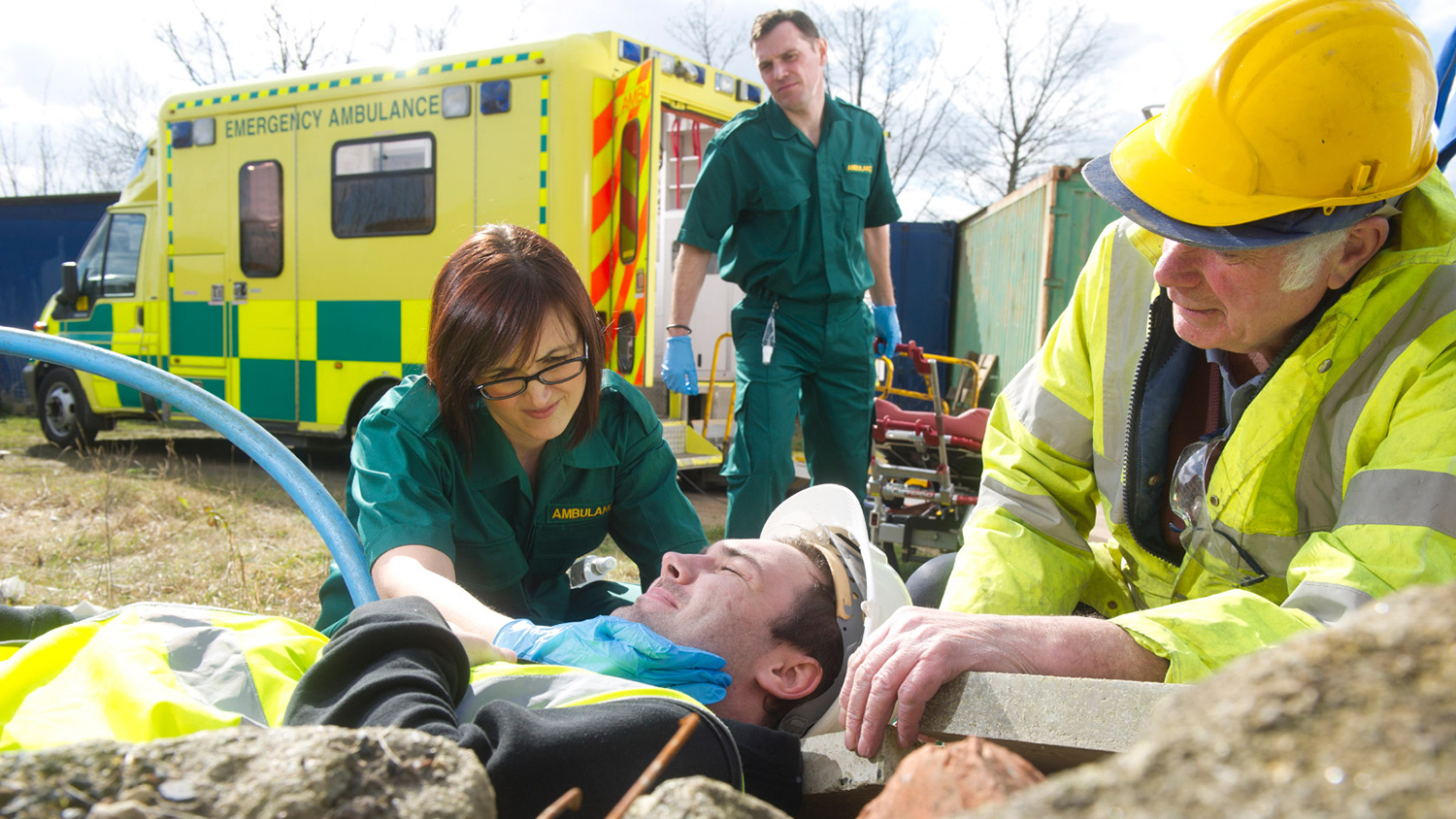
HSE’s regulatory approach to Artificial Intelligence
With Artificial Intelligence (AI) having an increasingly significant impact on the workplace and the way we work, it is inevitable that a health and safety regulator such as the HSE will have to take into account both how businesses are changing the way they work and, as a result, and how they do theirs.
The HSE has now published its regulatory approach to AI, which details how AI might influence the way it works with businesses.
HSE’s role in regulating AI includes:
- Regulating the use of AI where it impacts on health and safety in workplaces where HSE is the enforcing authority.
- Regulating the use of AI in design, manufacture and supply of workplace machinery, equipment and products for use in the workplace as a Market Surveillance Authority under the Product Safety regulatory framework.
- Where AI impacts on the HSE’s role to protect people and places, including building safety, chemicals and pesticides regulation.
Health and safety law
Most health and safety legislation enforced by the HSE arises from the Health and Safety at Work etc Act 1974, which sets objectives to be achieved without prescribing how to achieve them. The HSE says the goal-setting nature of this legislation means it is applicable regardless of the technology being used and so includes the use of AI in the workplace.
Assess and manage risk
The central principle of health and safety law is that those who create risks are best placed to manage and control that risk in a sensible, proportionate, and pragmatic way. As benchmarks develop for the use of AI, the HSE wants to reach a point where AI risk is no longer novel and is managed in the same way as any other risk.
The HSE expects a risk assessment to be undertaken for uses of AI which impact on health and safety and appropriate controls put in place to reduce risk so far as is reasonably practicable, including to address cyber security threats.
Understanding risks from AI in the workplace
AI is rapidly developing in capability and is a transformative technology. The HSE believes it can create and exacerbate health and safety risk but also has the potential to bring real benefits for health and safety.
The HSE is experienced at helping Great Britain adapt safely to technological changes in the workplace and as with any new technology it will work to understand how it impacts on health and safety. The HSE says: “We are a risk-based, proportionate regulator and in consultation with industry, routinely deal with innovation in the areas we regulate.”
Developing HSE’s regulatory approach to AI
The focus of the work the HSE is doing to continue to develop its regulatory approach to AI includes:
- Coordinating work on AI, sharing knowledge and identifying key issues through an internal AI common interest group, bringing together colleagues from across HSE.
- Working with government departments to shape the approach to AI regulation.
- Supporting the standards making process, to establish benchmarks for AI interaction with machinery and functional safety by engaging with international standards organisations (BSI, IEC and ISO).
- Establishing relationships with industry and academic stakeholders, to share knowledge and learning on AI use cases and the impact on health and safety.
- Collaborating with other regulators, though forums including the AI Standards Forum for UK Regulators, Information Commissioners Office AI Regulators Forum and the United Kingdom Health and Safety Regulators Network Innovation Sub-Group, to encourage a consistent regulatory approach.
- Identifying AI developments of interest to HSE through horizon-scanning activities and monitoring AI developments in Great Britain and around the world, from a practical and regulatory perspective.
- Building its capability and experience in AI across specialist and scientific areas of the HSE and working with partners as appropriate.
- Supporting research bids that align with the HSE’s areas of research interest and help develop safe use of AI and the ability to regulate AI use.
- Setting up and trialling of an Industrial Safetytech Regulatory Sandbox to explore practical barriers to adoption of Industrial Safetytech in construction and how they are broken down.







